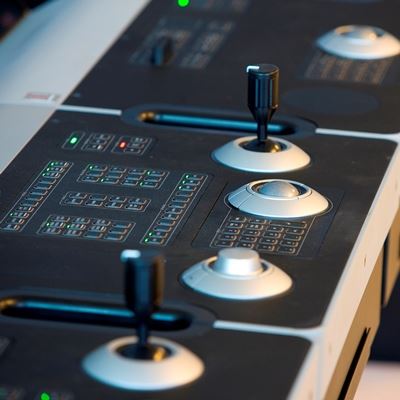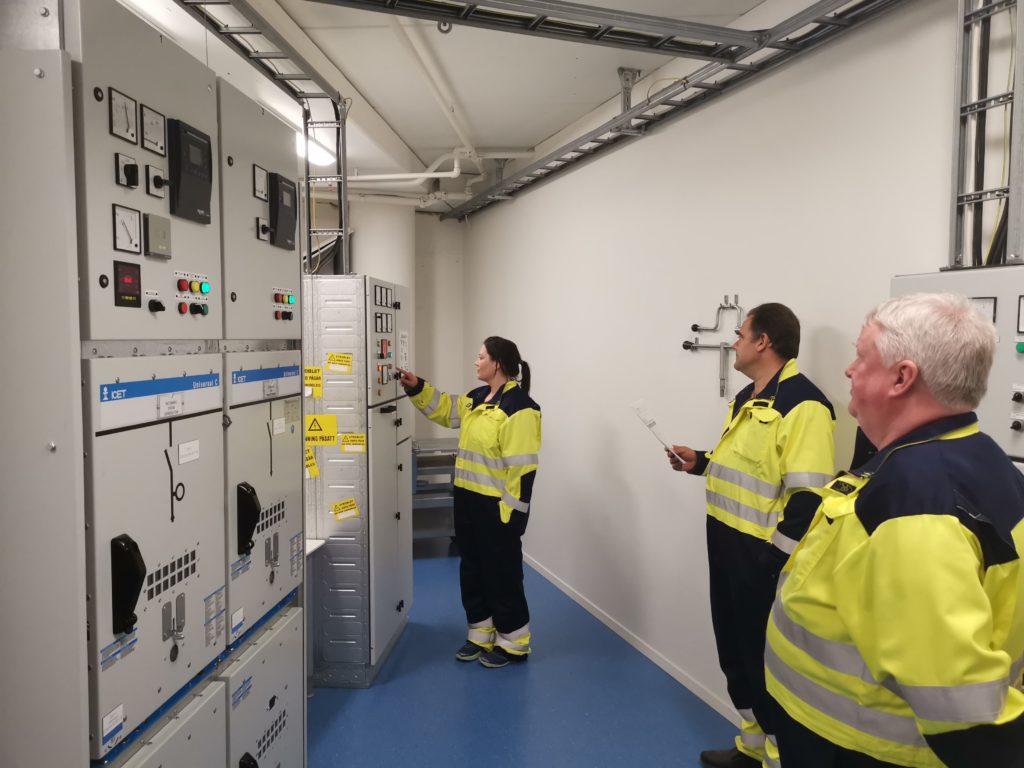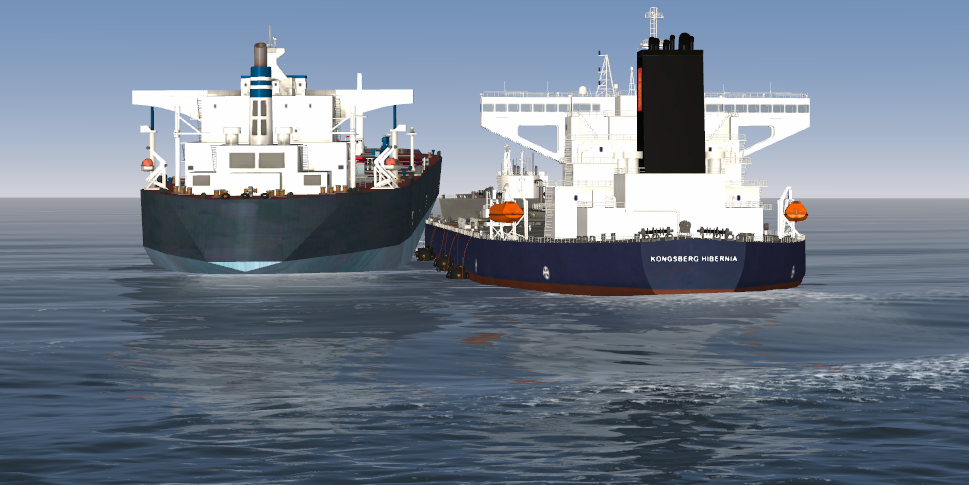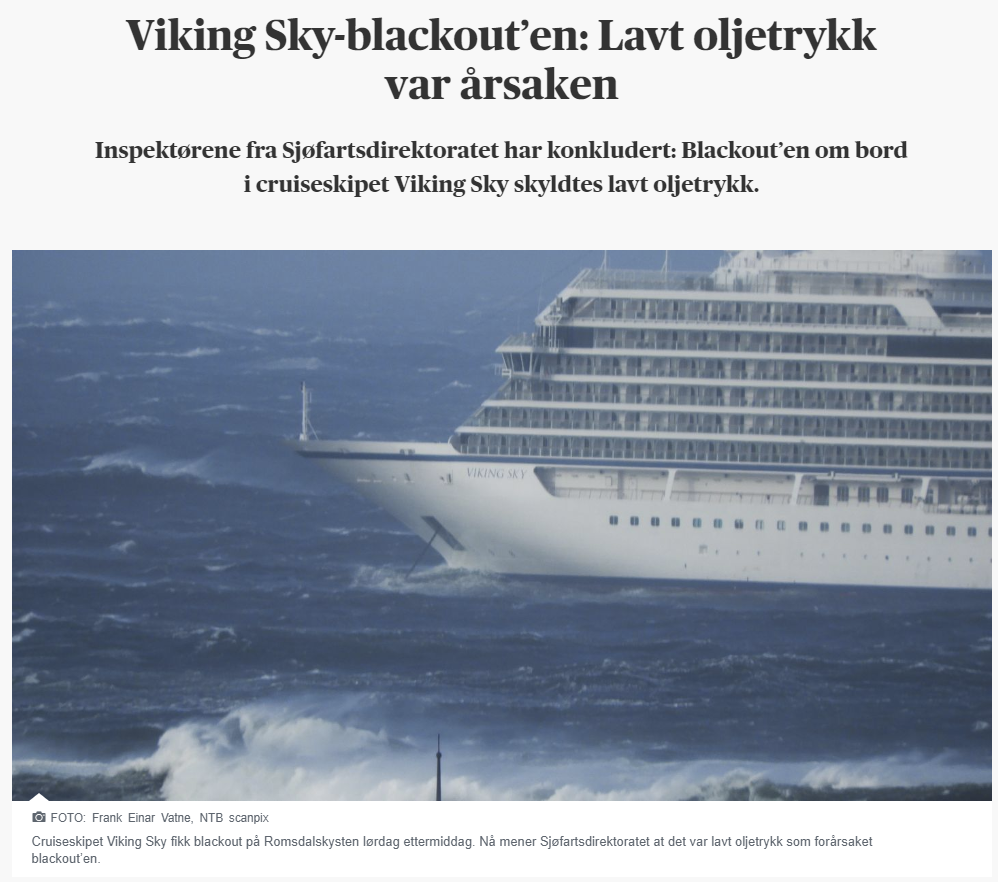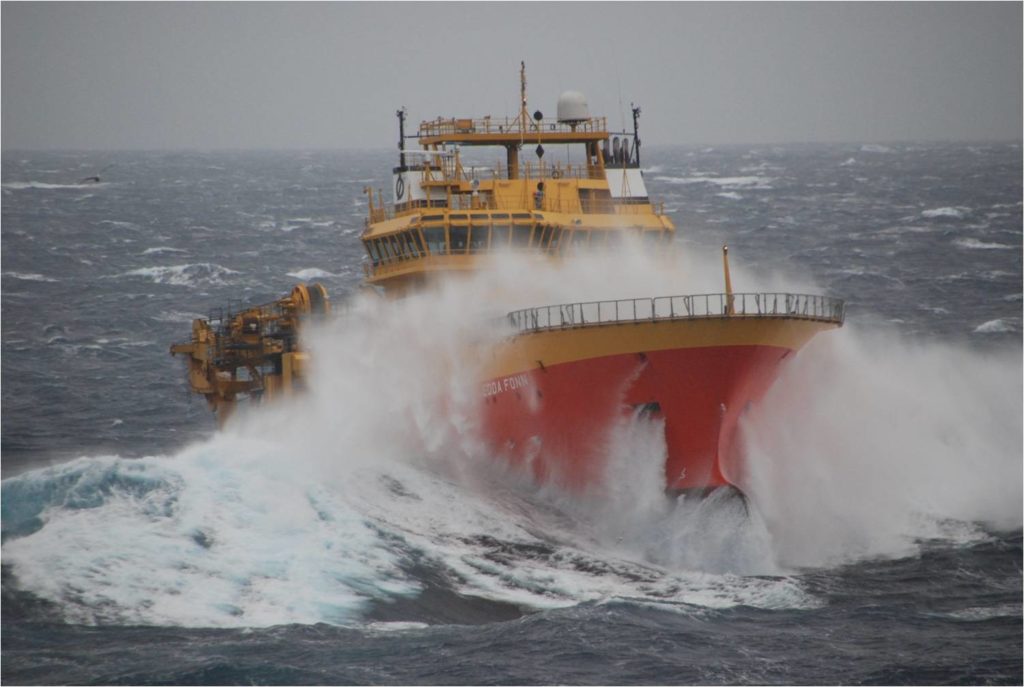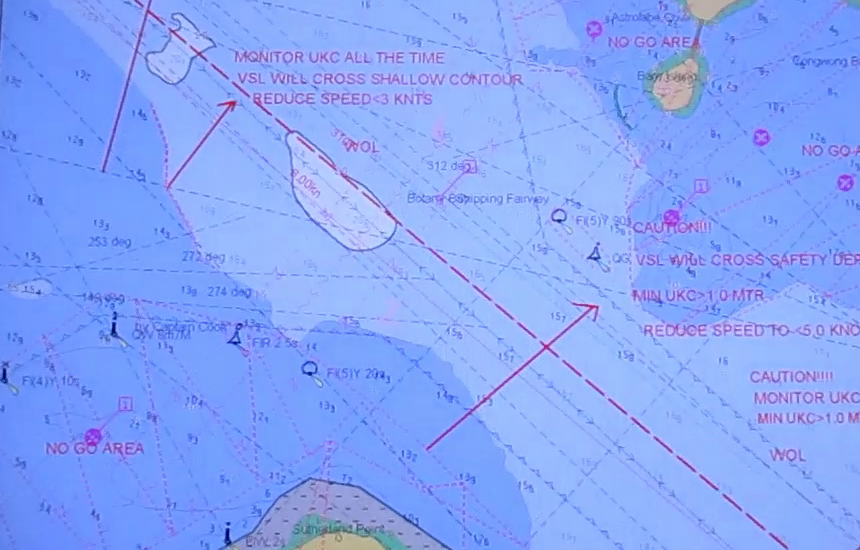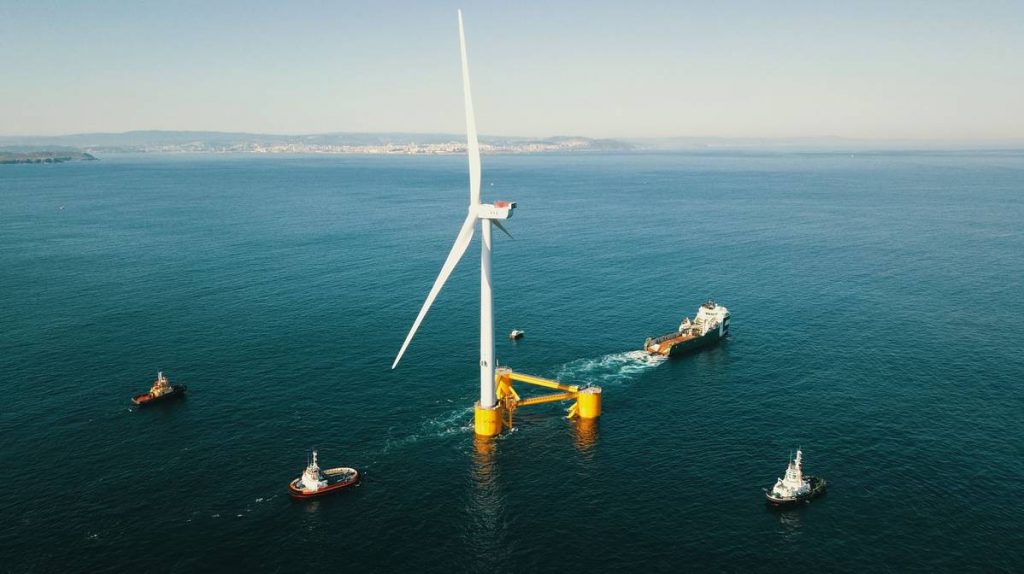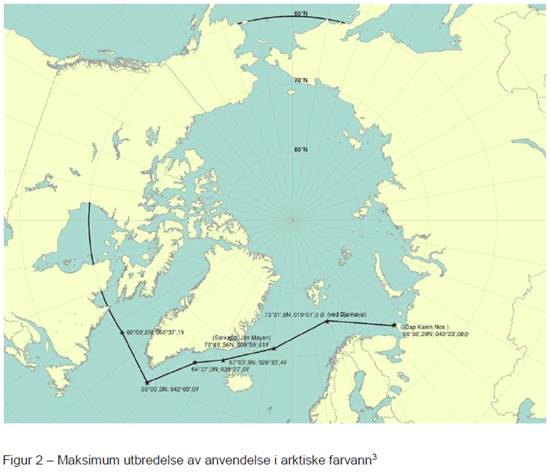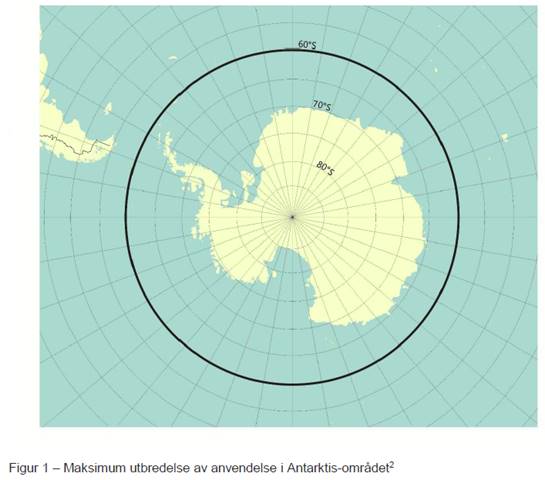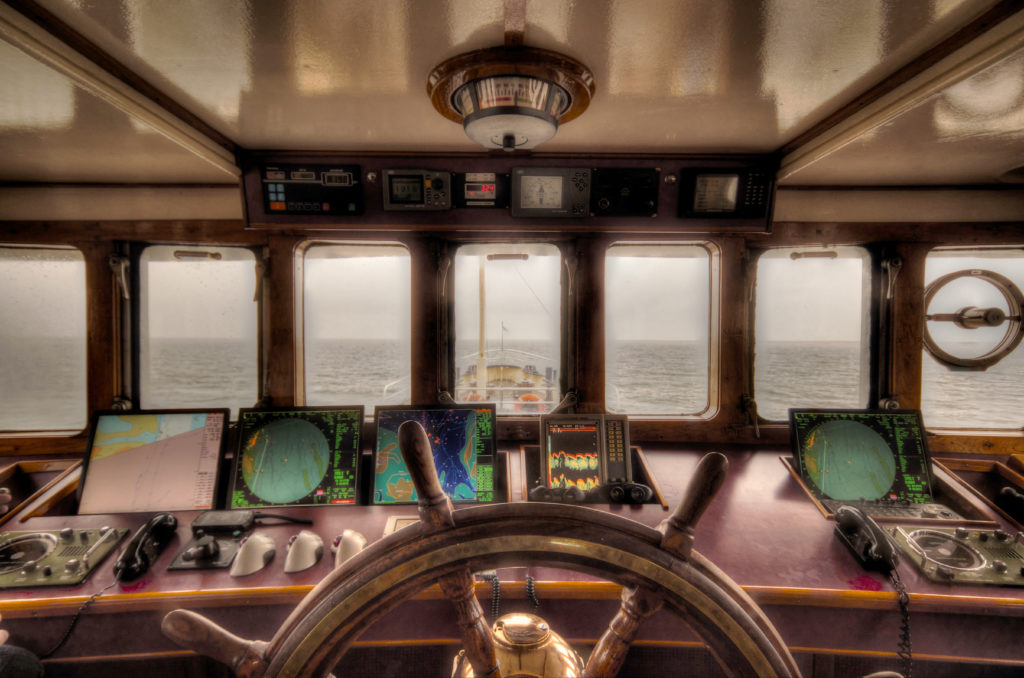FORCES AT SEA
A seagoing vessel is subjected to forces from wind, waves and current as well as from forces generated by the propulsion system. The Dynamic positioning – DP automatically maintain the vessel’s position and heading using its propellers and thrusters.

The vessel’s response to these forces, i.e. its changes in position, heading and speed, is measured by the position-reference systems, the gyrocompass and the vertical reference sensors. Reference systems readings are corrected for roll and pitch using readings from the vertical reference sensors. Wind speed and direction are measured by the wind sensors.
The K-Pos dynamic positioning control system calculates the forces that the thrusters must produce in order to control the vessel’s motion in three degrees of freedom – surge, sway and yaw – in the horizontal plane.
CONTROL PRINCIPLES
The K-Pos system is designed to keep the vessel within specified position and heading limits, and to minimise fuel consumption and wear and tear on the propulsion equipment. In addition, the K-Pos system tolerates transient errors in the measurement systems and acts appropriately if a fault occurs in the thruster units.
AVAILABLE DYNAMIC POSITIONING SYSTEMS
RELATED
- DYNAMIC POSITIONING SYSTEM MODES AND FUNCTIONSOur dynamic positioning systems can be operated in a variety of different modes.
- IMO DP CLASSIFICATIONOverview of IMO dynamic positioning – DP Class requirements
- DYNAMIC POSITIONING SYSTEM REDUNDANCY PRINCIPLEA dynamic positioning system is a system that automatically controls a vessel’s position and heading exclusively by use of active thrust.
TRAINING
Simsea is accredited by Nautical Institute (NI) to provide DP training. The training consists of two courses; DP Induction and DP Simulator. Each course takes 5 days and includes training on our K-POS DP simulators. Candidates have to document a certain amount of seatime between the courses and after before they will get their DP certificate from NI.
Simsea is also accredited to provide DPO certification by DNV GL. The training includes courses and seatime between the courses. In addition, candidates need to take a specialization course for the kind of vessel they will work on. After these courses candidates have to pass a theoretical and practical test before they get their DPO certificate from Simsea.
